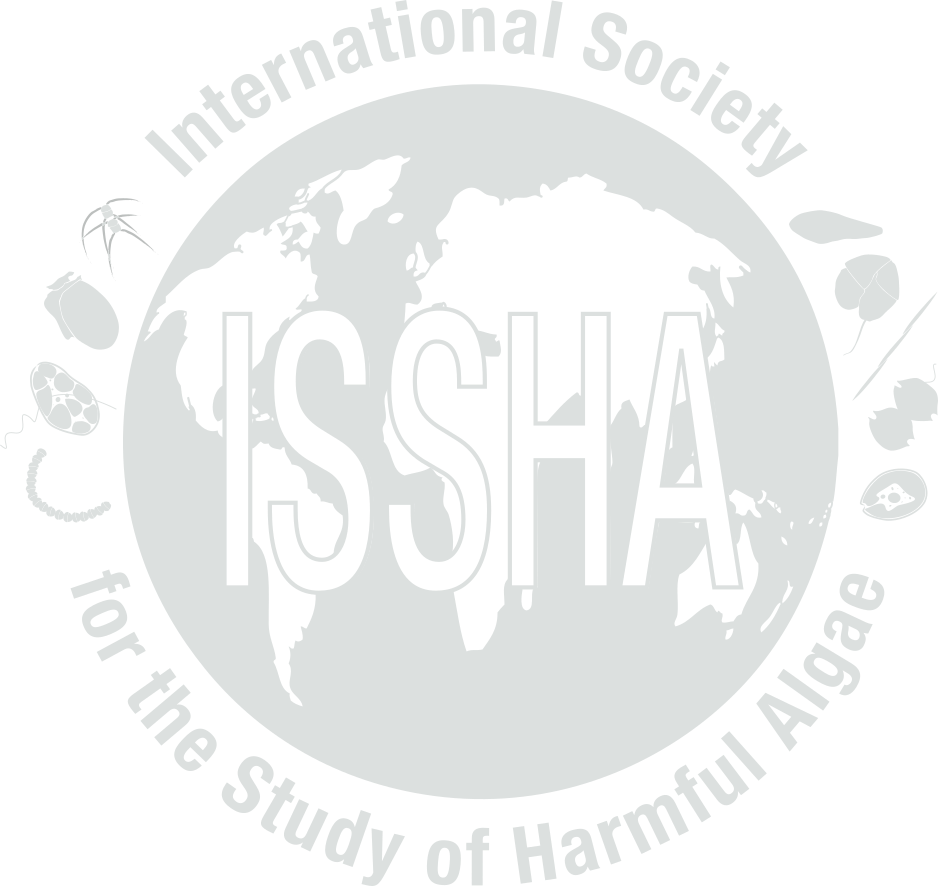


| Event name: | US-19-005 | |
| Country: | UNITED STATES | |
|
Nature of the harmful event: |
Water Discoloration , High Phyto concentration , Seafood toxins | |
|
Event directly affected: |
Shellfish | |
| Toxicity detected: | Yes (Approximate range: 63 to >352 µg/kg) | |
| Associated syndrome: | DSP | |
| Unexplained toxicity: | No | |
| Species implicated in toxin transmission (transvector): | ||
| Report the outcome of a monitoring programme: | Yes (The Ecology and Oceanography of Harmful Algal Blooms) | |
| Event occurred before in this location: | Yes | |
| Individuals to contact: | Young, Craig | |
| Location: | Latitude: , Longitude: | |
| General location information: |
South shore (Shinnecock Bay), NY HAB Area code(s): US-08 |
|
| Additional location information: | ||
| Bloom event dates (yyyy/mm/dd): | ||
| Quarantine levels dates (yyyy/mm/dd): | First detection: 2019-07-11, End: 2019-07-18 | |
| Additional date-related information: | ||
| Causative organism known: | Yes | |
| Causative Species/Genus: |
Dinophysis acuminata
(10500 cells/L)
|
|
| Co-Ocurring Species/Genus: | ||
| Chlorophyll concentration, if known: | 32.87 µg/l | |
| Additional bloom information: | ||
| Event-related bibliography: | ||
|
||||||||||||||||||||||||||
| Nutrient information: | ||||||||||||||||||||||||||
| Temperature Range During Event: | Max: 28.8 °C, Min: 4.8 °C | |||||||||||||||||||||||||
| Salinity Range During Event: | Max: 29.6, Min: 1.4 | |||||||||||||||||||||||||
| Bloom location in the water column: |
Surface |
|||||||||||||||||||||||||
| Growth: |
In situ |
|||||||||||||||||||||||||
| Growth Comments | ||||||||||||||||||||||||||
| Additional Environmental information: | ||||||||||||||||||||||||||
|
||||||||||||
| Kit used: Yes | Type of kit used: Abraxis Okadaic Acid (PP2A), Microtiter Plate | |||||||||||
| Additional information: | Toxin was collected by use of solid-phase adsorption toxin tracking (SPATT) samplers filled with Diaion™ HP20 resin. The PP2A kit used to quantify concentrations of okadaic acid has maximum and minimum detectable concentrations of 352 and 63 μg/kg, respectively. | |||||||||||
| Economic losses: | ||||||||||||
| Management decision: | It should be noted that detection of DSP in shellfish resulted in the closure of the entirety of Old Fort Pond (~80 acres) to the harvesting of shellfish and carnivorous gastropods on 11-July-2019. This closure was rescinded on 18-July-2019. | |||||||||||
| Additional harmful effect information: | ||||||||||||
